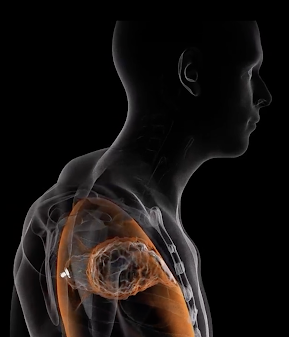"America's largest newspaper company is creating news deserts," NPR headlines over an interview with Joshua Benton of the Nieman Journalism Lab at Harvard University, about Gannett Co.
"Gannett owns a lot of very small newspapers, a lot of weekly newspapers, a lot of very small daily newspapers," Benton told host Adrian Florido. "Those larger weeklies and smaller dailies are in a really tough position economically. It's very difficult to manage the cost while emphasizing digital subscriptions and getting enough of them to make things work out. There are also communities where there often isn't as much of an alternative in terms of a local television station or a local digital news outlet that's covering the area. So in a lot of communities, there just aren't a lot of options. And these places will become more like a news desert."Florido asked Benton if he saw "any solutions here for the local communities that are being left behind in these sort of information deserts." Benton said, "I think it is very difficult to manage the transition from a print daily to an effective digital news outlet. It's often much easier to start from scratch. It's not happening everywhere. But there are communities across the country where smart digital outlets are growing to the point where in some cases, they have bigger newsrooms than the local daily newspaper does. It is possible, but it's a challenge." Especially in rural areas.
And what is the future of local news? "I see a lot more uncovered city council meetings. I see a lot more corruption that doesn't get noticed. I see a lot more uninformed voters, more people who take their cues for how they view their government from national media and the politicized world there as opposed to their local government. There certainly are bright spots. There are green shoots going up, but the challenge is just very difficult."























